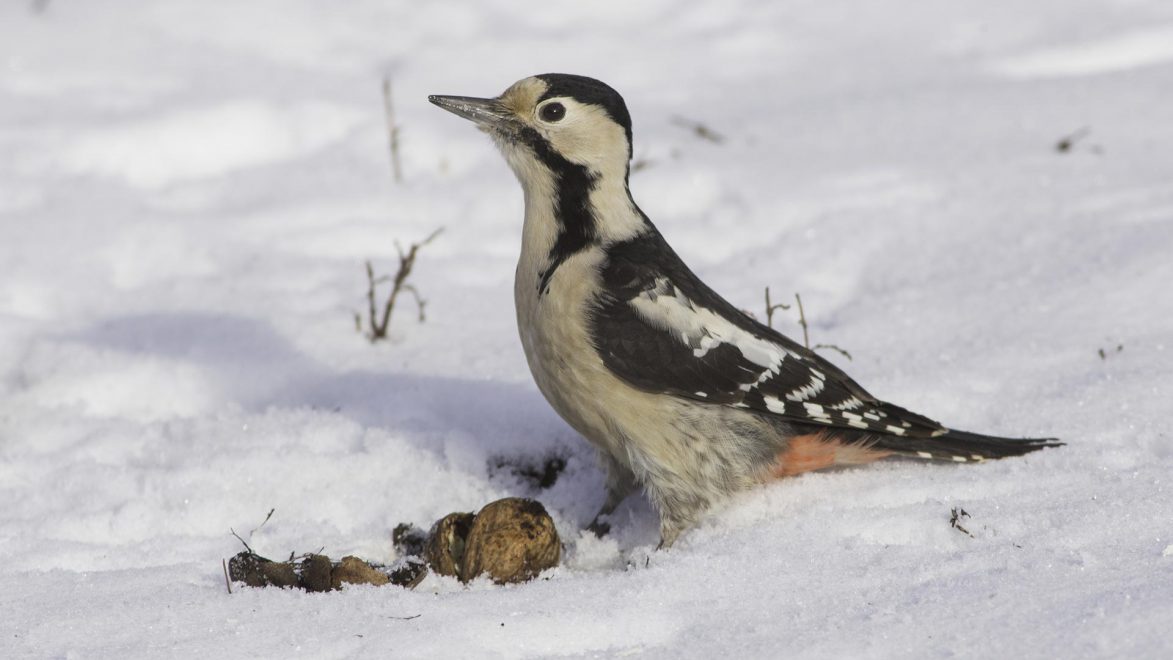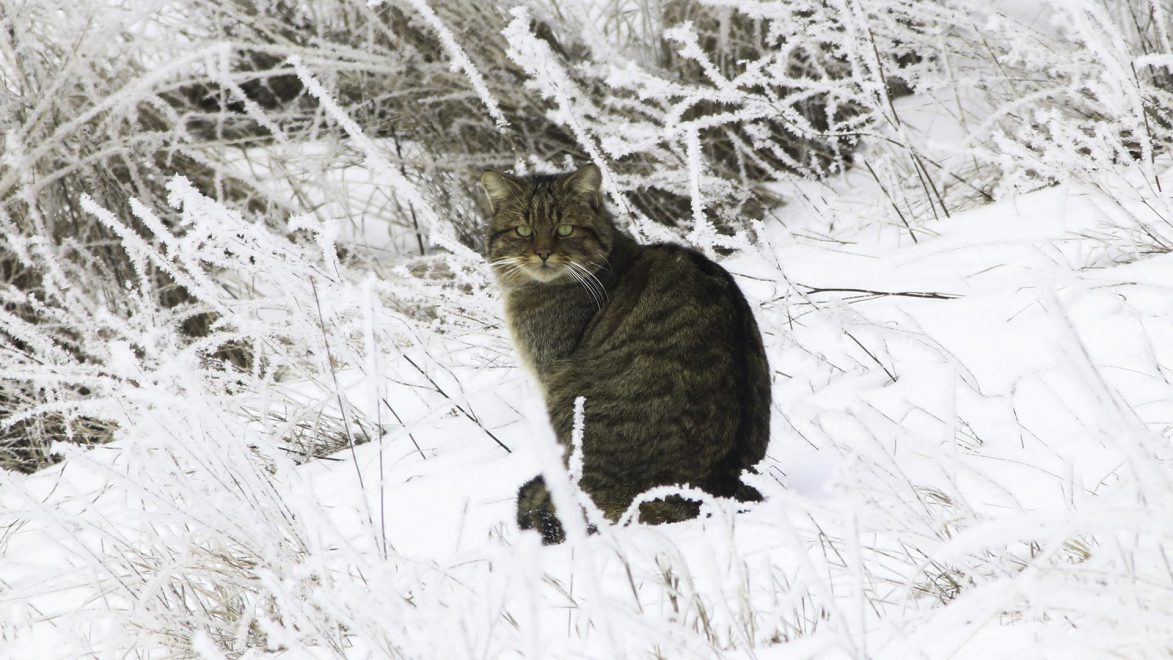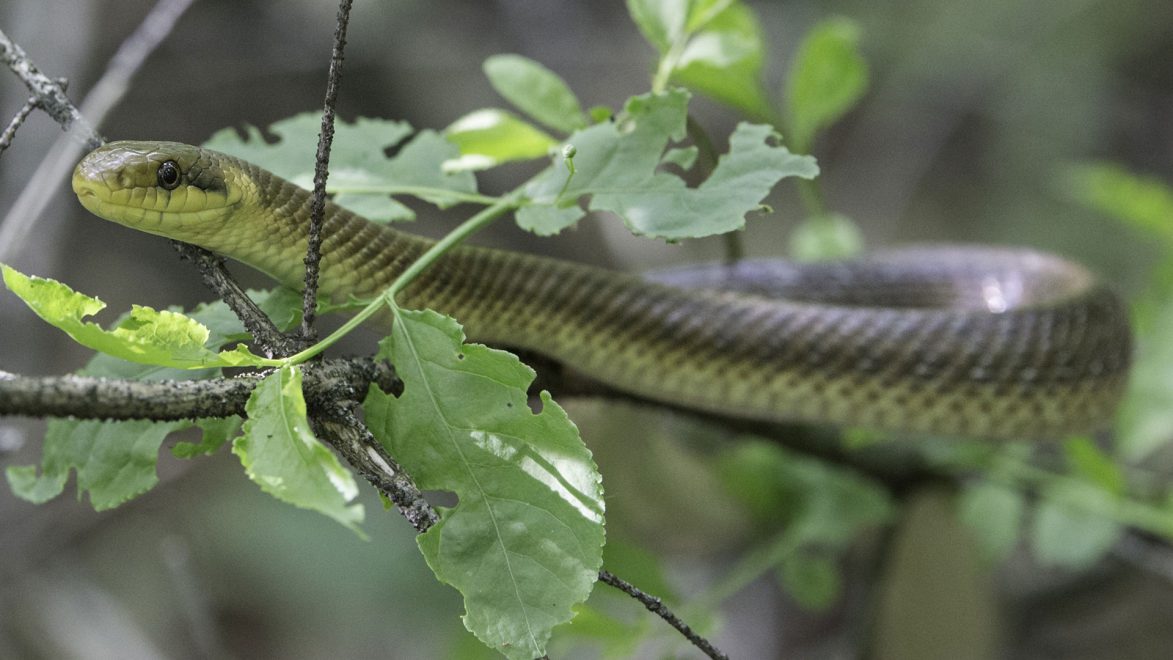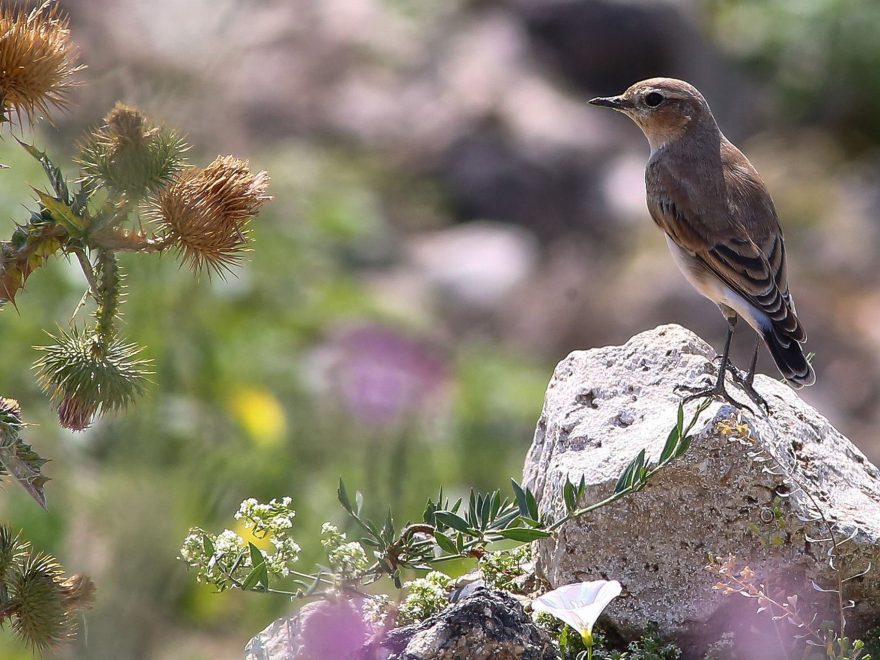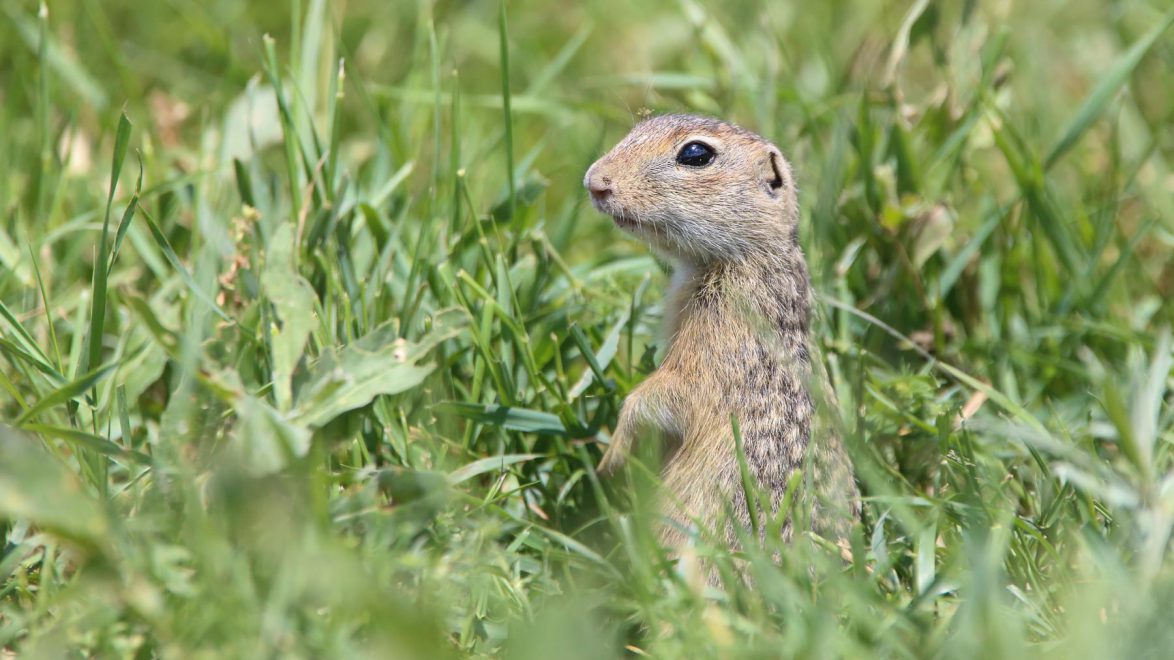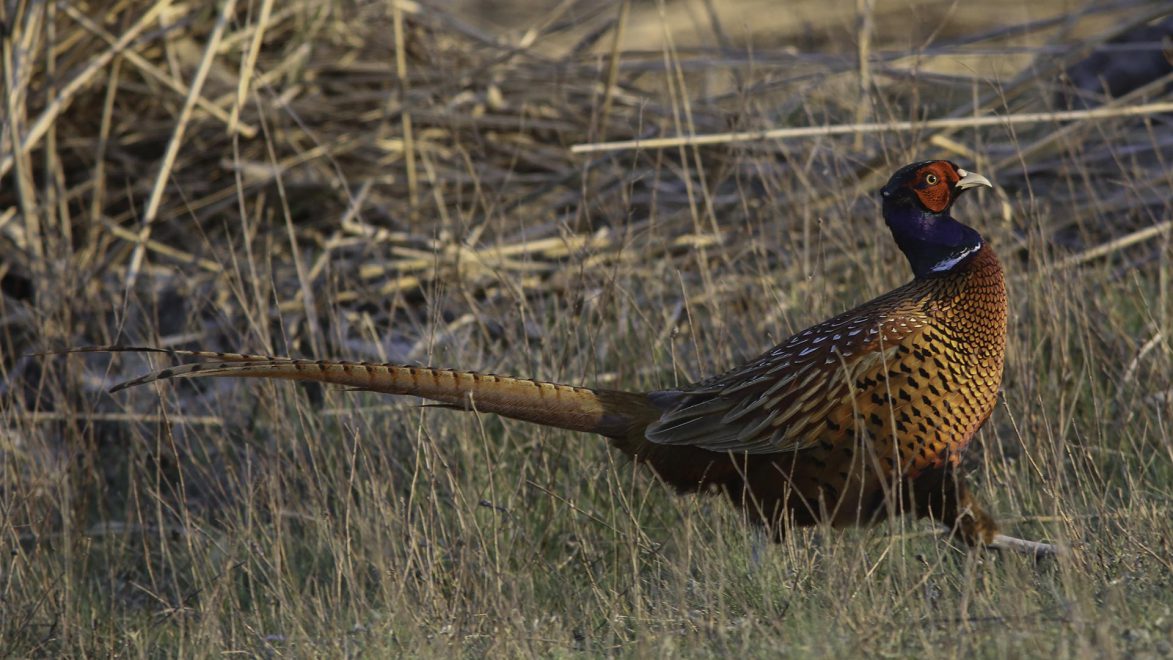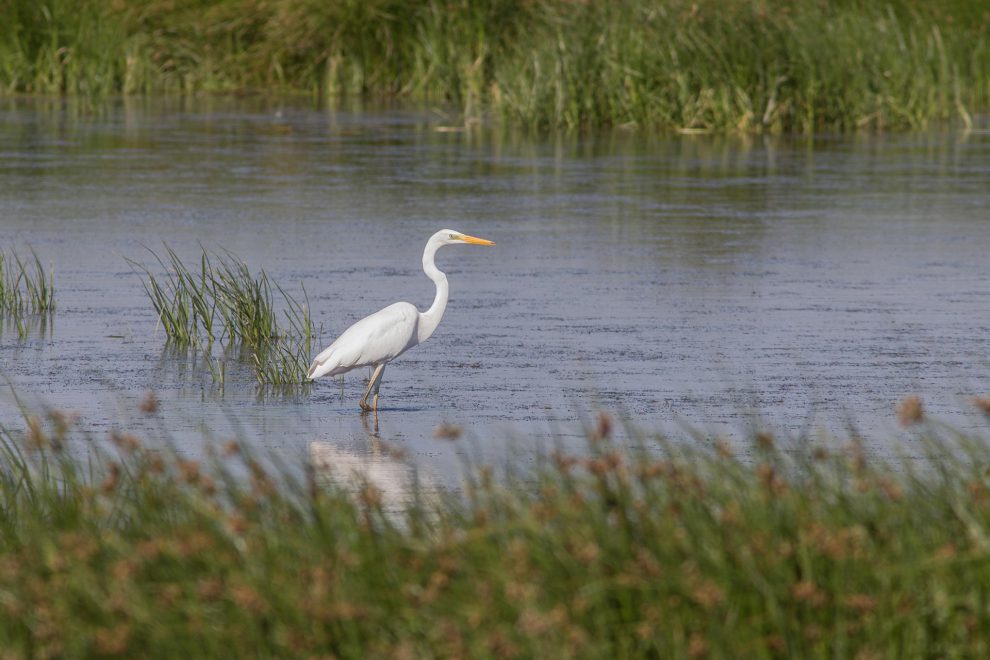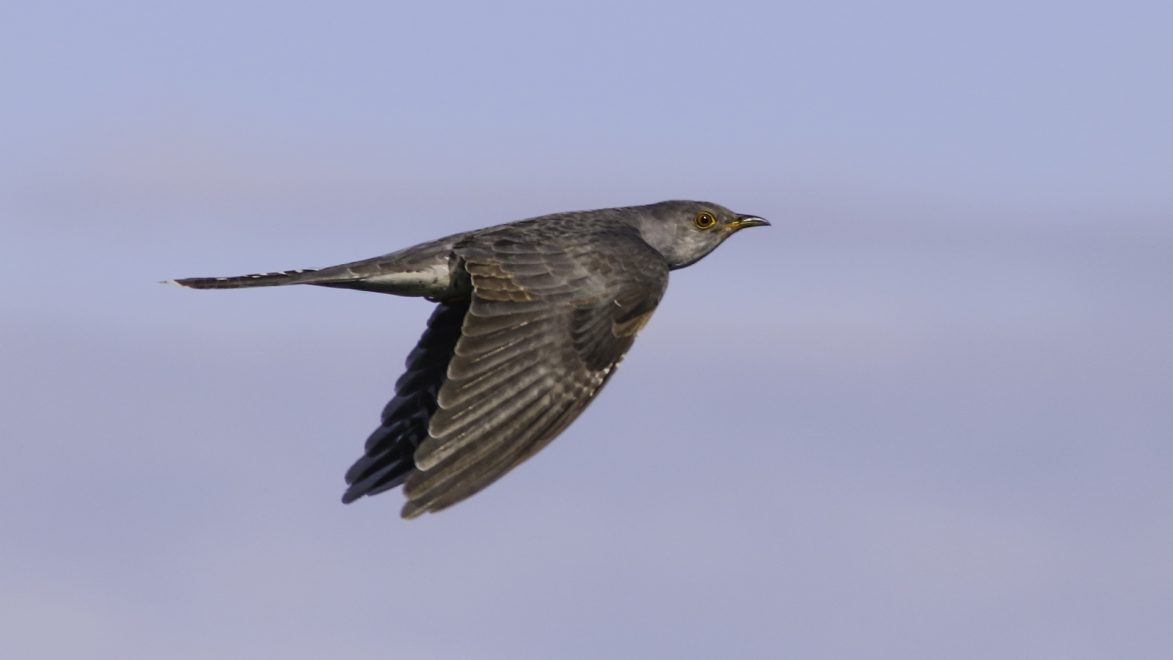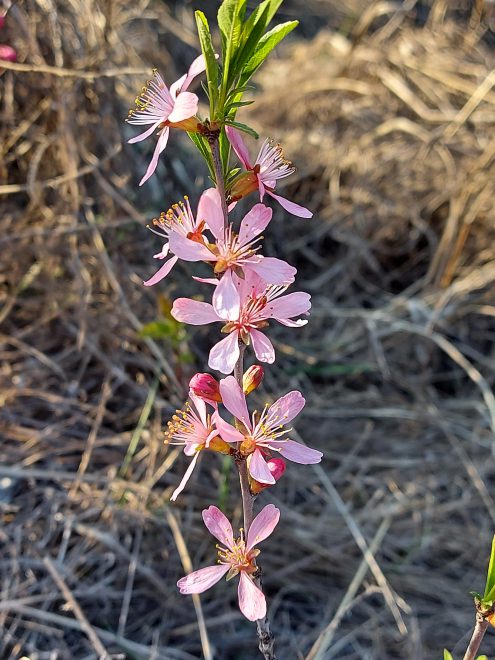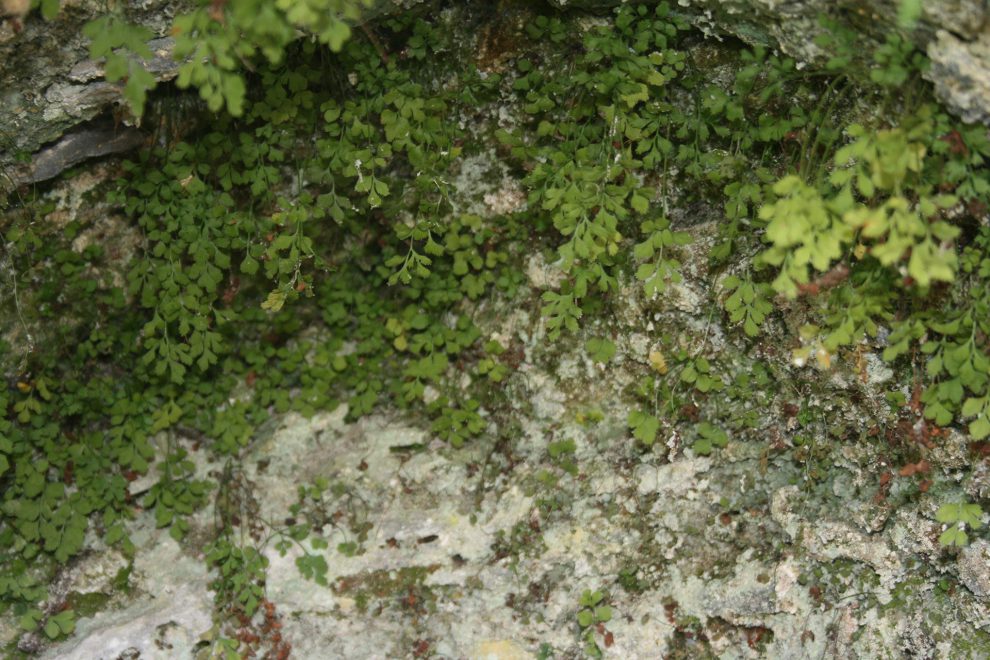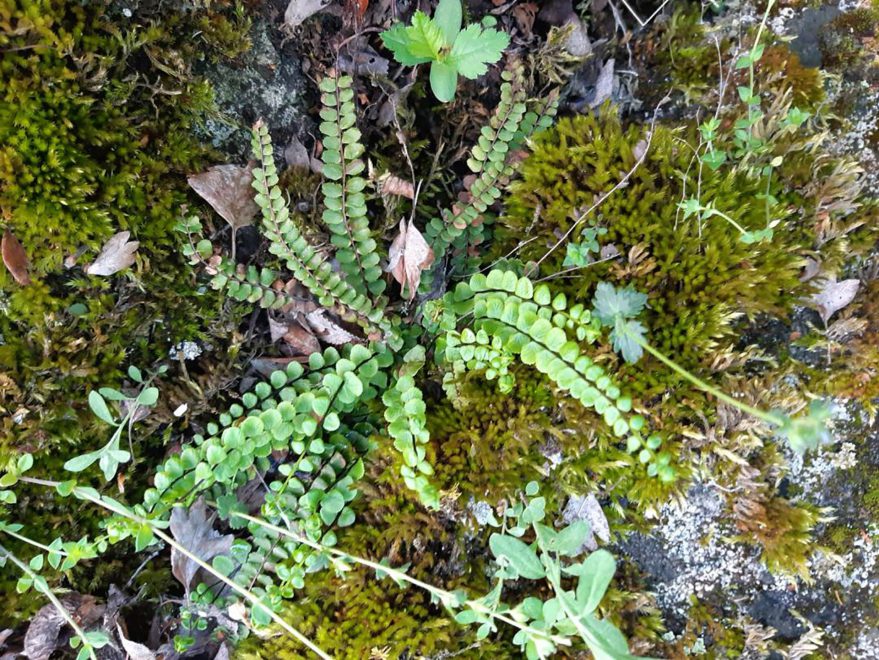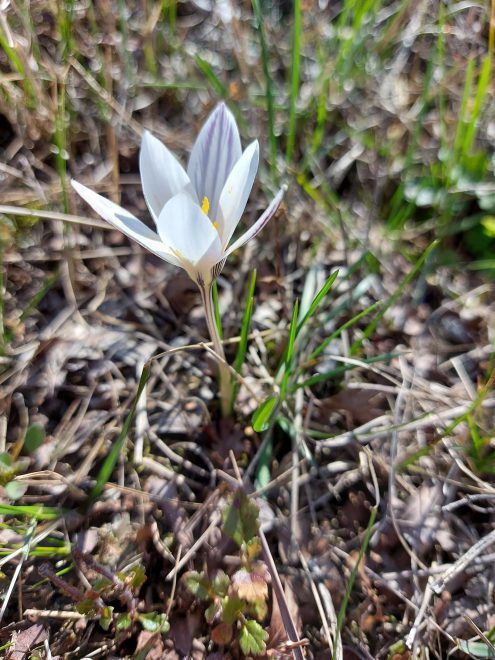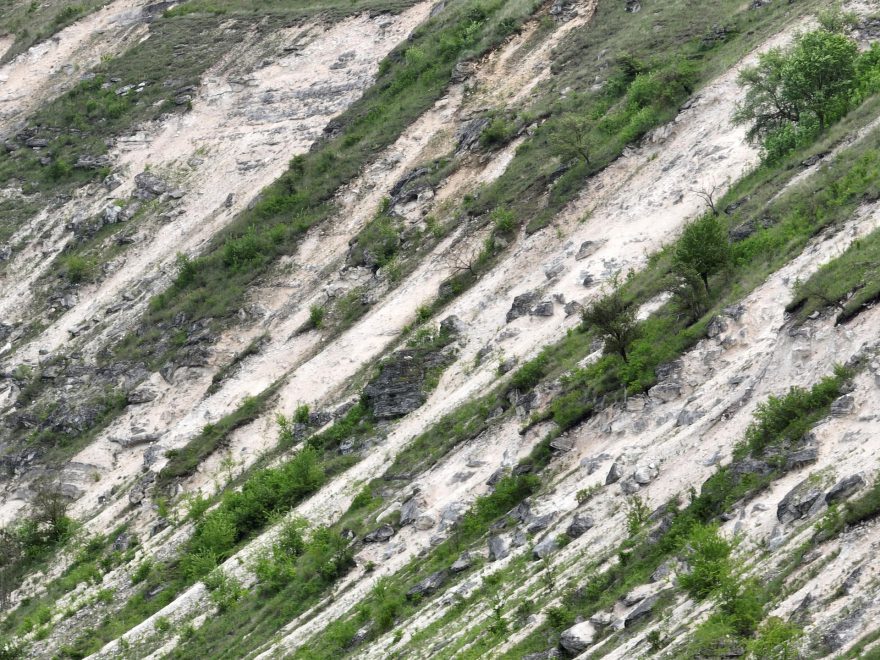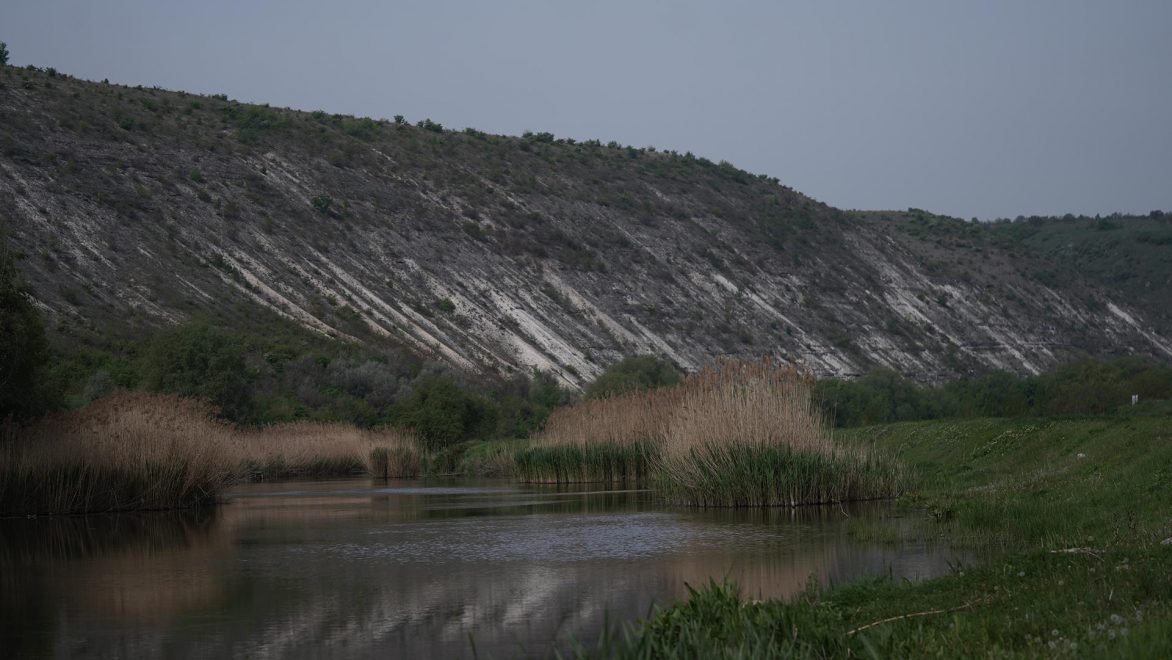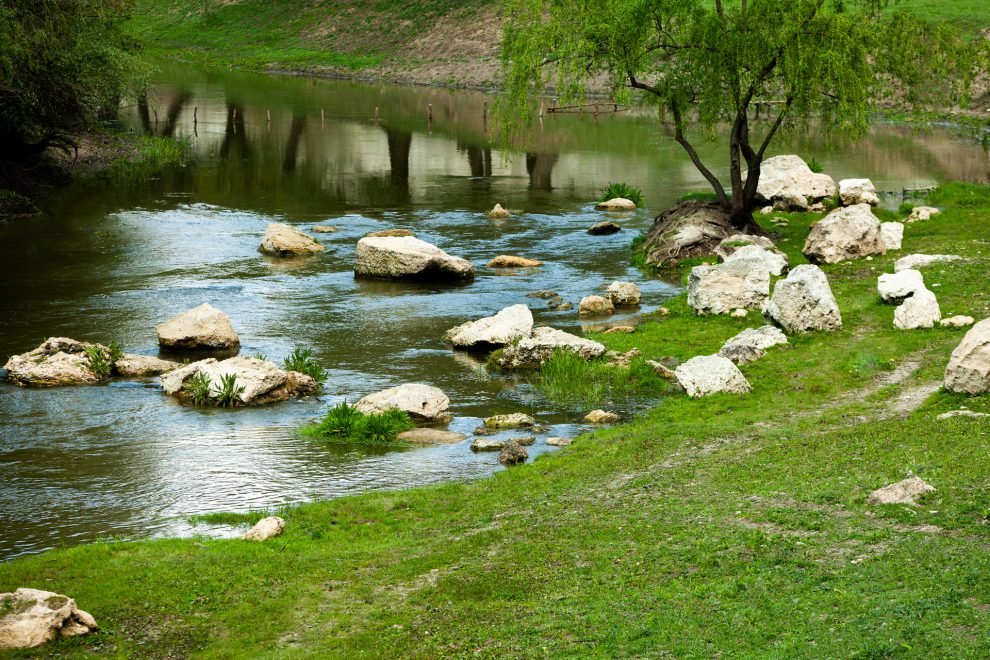Natural
Heritage
Orheiul Vechi Cultural-Natural Reserve has a very unique geology, biodiversity, flora and fauna, and natural water springs. A focus of the Reserve is the conservation and preservation of this natural heritage and environment.
The Reserve covers more than 6 million hectares and includes hiking trails and other outdoor opportunities for travelers to get to know the unique geological structures. This picturesque scenery in all four seasons of the year is very memorable, especially during the sunrise and sunset.
The varied vegetation at the intersection of the areas of the steppe and forest-steppe zones includes more than 500 species of plants. Of these, 62 are rare and are protected at a national level and internationally, and are included in the Red books of Moldova, Romania, Ukraine and Europe.
In the valleys, ravines, the meadows, the forests, and the waters of the nature reserve, visitors have the chance to discover a wide range of vertebrate species. Some of these are also listed in the Red Book of the Republic of Moldova, and many of the species are protected on an international level.
The Fauna
The diversity of rocks and water sources within the reserve, which blend harmoniously on scattered territories, formed appealing diverse habitats with high natural value: forests, meadows, steppes, rocky outcrops, rivers, agrocenoses and rural settlements. In all these habitats there are favorable conditions for living creatures.
So, the diverse fauna is another element that highlights the uniqueness of the Orheiul Vechi Reserve, because distinct habitats intersect here and create so-called “ecological niches” – where the natural diversity includes 144 vertebrate fauna species and an important number of insects and molluscs.
Here are a few examples of animals that can be found at the Old Orhei Reserve:
At Old Orhei there can also be encountered the animals that are protected by the law of the Republic of Moldova, some of which are listed in the Red Book of the Republic of Moldova 20 vertebrate species and 27 species of insects, and in the European Redlist (IUCN) – the 3 species in the List of the Berne Convention, as a species threatened in Europe – 4 species of snake.
Flora
The originality and diversity of the vegetation within the Orheiul Vechi Cultural-Natural Reserve resides in its location in a specific rocky region, located at the intersection of the forest area with the steppe and forest-steppe. This unique environment conditions determined the formation of a very varied vegetal carpet and the diversity of ecosystems in this area.
Various types of vegetation can be found at Orheiul Vechi, including forest, meadow, steppe, valley, aquatic, marshy and petrophilous.
Overall, the flora of Orheiul Vechi includes more than 500 species of vascular plants, of which 62 are rare species, protected by national and international regulations. Among them are 17 species included in the Red Book of the Republic of Moldova, 25 species included in the Red List of Romania, 10 species included in the Red Book of Romania, 18 species included in the Red Book of Ukraine.
In the Red List of Europe, there are 3 species from the flora of the reserve: Genista tetragona, Lilium martagon, Schivereckia podolica, and 2 species are included in the Convention on the Conservation of WildLife and natural habitats in Europe. In the Red List of included 3 species in the flora of the nature reserve: Genista tetragona (Fabaceae), Lilium martagon (The martagon lily), Schivereckia podolica (Besser), and 2 species listed in the Convention on the conservation of wildlife and natural habitats.
Some of the Plant Species at Orheiul Vechi
can be found on the territory of the reservePlant species included in the Red Book of the Republic of Moldova (2015):
Vulnerable species
Alyssum gmelinii (Ciucușoară-gmelin), Dryopteris filix-mas (Ferigă masculină), Fritillaria montana (Bibilică-montană, Lalea pestriță), Galanthus nivalis (Snowdrop), Genista tetragona (Drobișor-tetramuchiat), polypodium vulgare (common polypody), Schivereckia podolica (Șiverechie-podoliană).
Endangered species
Aconitum lasiostomum (Monkshood), Cotoneaster melanocarpus (Bârcoace), Ornithogalum boucheanum (Lușcă-bouche), Sempervivum ruthenicum (a Russian weasel), Sorbus domestica (Sorb tree), Stipa tirsa (perennial grass).
The species critically endangered
Hypericum montanum ( pale St. John’s-wort ), Ophioglossum vulgatum (adder’s-tongue), Paronychia cephalotes (Paronichie-capitată), Saxifraga tridactylites (rue-leaved saxifrage).
Geological Structures
The Orheiul Vechi Reserve is the millennial witness of the changes taking place in nature.
The geological formations on the vast territories are of particular interest from a landscape point of view – they form wonderful views at sunrise and sunset when the play of shadows combined with dramatic colors reveal the ancient character of this land.
The „Râpa Culicăuca” Ravine
The Râpa Culicăuca Ravine is located on the right slope of the Răut River valley, to the southeast of the Church of the “Birth of the Virgin Mary” on the Butuceni promontory. The ravine is a picturesque place, formed in the hard limestones of the middle Sarmatian having the shape of gorges.
It has steep slopes of 45-50° in the middle, and upper part of the slopes of 30-35°. In the longitudinal profile there are several steps (waterfalls) with heights of 2-6 m. At the mouth of the ravine the steps reach over 10 m. The fall of the ravine basin is 78 meters and the slope is 50%. The absolute altitude of the mouth of the ravine is 22 meters.
At the mouth there are massive limestone blocks with dimensions of 5x3x1.5 meters.
The “Râpa Morovaia” Ravine
The Râpa Morovaia Ravine is located on the left side of the valley of the Răut River, on the northern edge of the village of Morovaia. It was formed in the hard limestones of the middle Sarmatian. It has strongly inclined slopes, in the lower part almost steep, with a slope of 80-90°, in the middle and the upper part with a lower slope (45-50°).
In the middle course of Râpa Morovaia there is a specific karst complex – a polie, formed as a result of the twinning of several sinkholes, formed in the process of karst development both surface and depth. Against the background of the depression, two hums are spectacularly highlighted – karst witnesses with a height of about 50-70 meters. The highest altitude of the “Râpa Morovaia” Ravine in the middle section is 45 meters.
Karst formations are unique forms on the territory of the Republic of Moldova and thus have an appreciable value for heritage and tourism purposes.
The Ravine “Răposu”
The Răposu Ravine is located on the right slope of the Răut River valley in Butuceni village, opposite the Church of the Nativity of the Mother of Christ. It is carved in the hard limestones of the middle Sarmatian, having the shape of a key. It has steep slopes up to 80-90° in the lower course, especially at the mouth. In places, the base of the slope is deepened in the more friable limestones, forming overhanging slopes. In the longitudinal profile of the ravine, there are unevennesses with altitudes of over 10 m.
At the influx, the ravine narrows, having a width of up to 20-30 m, and near the thalweg the width decreases to 5-8 m. On the left bank in the region of the spillway, a karst-erosive witness was formed, with a strange shape that resembles a wolf’s head. The fall of the longitudinal profile is 106 m, and the slope is 110%. The absolute height of the mouth of the ravine is 24 m.
At the mouth of the Răposu Ravine, according to written sources in the Middle Ages, the monastery of Foreman Albu was located, including a small church.
The Valley of the Raut River
The Răut River valley is one of the essential natural objects of the Orheiul Vechi Cultural-Natural Reserve. It is located in the extreme southern sector of the Dniester Plateau and includes the segment around the village of Furceni upstream to the bridge over the Răut river and downstream from the village of Morovaia.
The river valley with asymmetrical slopes has in some places the character of a gorge, being carved in the limestones of the middle Sarmatian. The concave banks are steep, sometimes with a slope of up to 90º, representing highly attractive segments, especially in the Trebujeni sector (right slope), Trebujeni-Butuceni sector (left slope) and Butuceni sector (right slope). The picturesque character of the valley is accentuated by the presence of several winding meanders.
The height of the steep slopes in some places reaches the altitude of 100-120 m. Quaternary terraces are present on the gentler concave slopes. Above the edge of the Quaternary valley, the Pliocene terraces of the Dniester river meet in fragmentary form.
Water Systems
From a hydrogeological point of view, the Orheiul Vechi area is part of the Moldovan artesian basin. Within the limits of the Orheiul Vechi Cultural-Natural Reserve there are six aquifer horizons are highlighted:
- The horizon from alluvial, alluvial-deluvial deposits of the Holocene age (al-adQIV).
- The horizon from the Eopleistocene–Upper Pleistocene (alE-QIII) alluvial deposits.
- Sporadic waters from eluvial, eluvial-deluvial deposits of Upper Pliocene-Holocene age (e, ed, N23-QIV).
- The aquifer horizon from the alluvial rocks of the Upper Pliocene (aN22-3).
- The aquifer horizon from the rocks of package III of the middle Sarmatian (N1S23).
- The aquifer horizon of the middle and lower Sarmatian (N1S1– N1S22).
The Orheiul Vechi Cultural-Natural Reserve benefits from very rich natural aquifer resources with the most representative being the two large rivers Dniester and Răut. Also, on the territory of the Reserve there are an impressive number of springs, which have another type of combination of the natural phenomenon with the cultural one.
The spring under the rock (village Molovata)
This spring was renovated in 2020 and is public property, also representing a cultural heritage of the village of Molovata.
Located at the limestone foothills of the village of Molovata, the spring served as a source of water not only for the locals, but also for the workers in the nearby mines.
The Jeloboc Spring (village Jeloboc)
The Jelobec spring highest flows of water in the Republic of Moldova at 260 m3/hour.
The water is extremely clean, crystalline, and slightly mineralized.
The spring supplies water to the entire city of Orhei, the villages of Pohorniceni and Piatra, as well as part of the village of Jeloboc.
The water comes out through the cracks in the Sarmatian limestones, being captured and pumped through pipes to supply the population with drinking water. Surplus water is discharged directly into the Răut river.
Access to the spring is closed.
The spring of Stephen the Great (village Butuceni)
Although officially known as the “Spring of Stephen the Great,” locals call it the “Spring of Beauty and Youth.” Whoever washes himself with the water from this spring in Butuceni village will remain young and beautiful forever.
The spring appeared after Stephen the Great’s war with the Turks. A crack had appeared in the stone through which the water flowed out and Stefan’s army, tired of strength, quenched its thirst and fought after drinking from the spring. Recovering, the Moldovan soldiers managed to fight back and achieve another victory.
The river Raut
The Răut River springs near the village of Rediul Mare in the Donduşeni district and flows into the Dniester (Nistru) River, downstream from the town of Dubasari.
Along its 286 km course, the Răut River cuts gorges in several places through limestone massifs, such as those at Ţâra-Cenuşa, Domulgeni and Orheiul Vechi, creating spectacular landscapes.
It is the largest tributary of the Dniester river. In turn, the Răut river has 935 tributaries. Until 1960, 17 mini-hydropower plants operated on the Răut River, which were later closed. Today, the ruins of these hydropower plants can still be found.
The Dniester / Nistru River
The Dniester/Nistru River springs from the Ukrainian Carpathians and flows into the Black Sea.
In its course, the Dniester River crosses the Orheiul Vechi Cultural-Natural Reserve through the villages of Molovata, Mărcăuți and Holercani.
Its name means “near river”. Throughout history it has known various hydronyms Tyras (from the Greek language), Tūra (from the Scythian language), Ister (from the Thracian language), Dan-Ister (a mixture of Scythian – “Dan” and Thracian – “Ister”).
